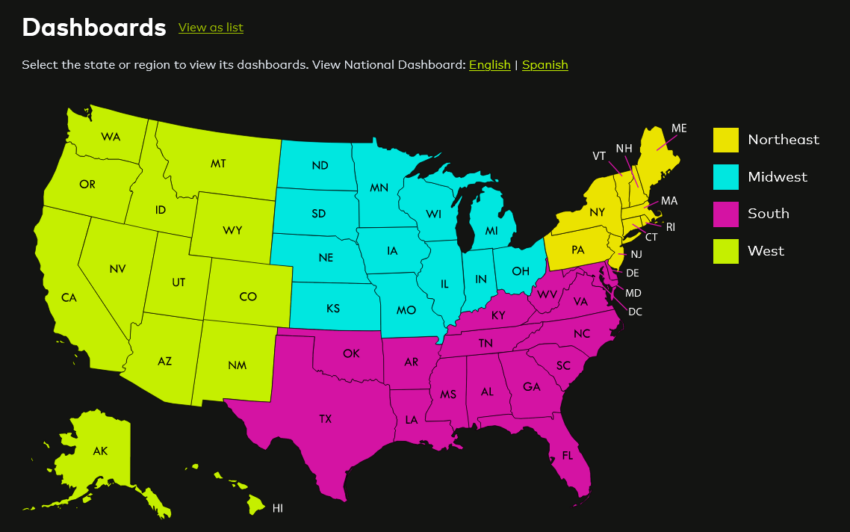
Share On Social!
Healthcare leaders say that the COVID-19 vaccine is the clearest path to end of the pandemic.
However, vaccine misinformation spread on social media stands in the way.
Many misinformation spreaders target Latino and Black communities, which have historical mistrust and skepticism in government.
To combat this increasing threat, the Public Good Projects (PGP) and the New York State Health Foundation (NYSHF) created Project VCTR (Vaccine Communication Tracking & Response).
Project VCTR helps track misinformation across different media sources to measure the public’s confidence in the vaccine. Currently, negative attitudes about the vaccine are declining after a strong rise in fall of 2021, according to the dashboard.
They produce dashboards and track data affecting specific populations, like Latinos and Black people.
Learn more about how misinformation targets Latinos, the work of Project VCTR, and how we can keep striving towards more public confidence in the vaccine.
How Does Misinformation Lower Vaccine Confidence for Latinos?
Throughout the pandemic, Latinos and Black people have been more skeptical of the vaccine.
“Survey data from November 2020 revealed that only 40% of Black people and 60% of Latinx people report they would get the vaccine when it is available, compared to 61% of their white counterparts,” according to a report from Project VCTR.
Latinos and other people of color are often impacted by misinformation because of historic mistrust.
“While the legacy of medical exploitation has been less publicly debated for the Latinx community, there are still various reasons to explain lower rates of vaccine uptake and higher rates of vaccine hesitancy. For example, in the 1950s, women in Puerto Rico were given contraceptive pills without being informed that they were participants in a drug trial of a pill that had not been approved for use. Some participants were improperly monitored and died during the trial,” according to a report from Project VCTR.
Recent studies show that Latinos are more likely to distrust the safety of the vaccine.
“We noticed that vaccine safety and side effects are still one of the main concerns in the Hispanic community,” said Mariana Nonino, the Digital Media Director of Hispanic Communications Network, while speaking at a webinar on “Monitoring Spanish Language Misinformation.”
According to research from the Hispanic Communications Network, the most common fears Latinos have about the vaccine are:
- Infertility and birth problems
- Risk of myocarditis
- Vaccine-induced autoimmune disease
- Children related deaths
- Conspiracy theories about vaccines being a global experiment, toxicity of vaccines varies among different batches
Fears could stem from lack of information in Spanish, documentation status, and lack of representation in clinical trials, according to Project VCTR.
That’s why having access to the correct information that is applicable to Latinos is vital.
“We’re trying to bring trusted messengers and also messages that really resonate with our audiences, not only linguistically, but also culturally,” said Jose Lopez Zamorano, the vice president of production at the Hispanic Communications Network, while speaking at a webinar on “Monitoring Spanish Language Misinformation.”
What is Project VCTR and How Does it Target Misinformation?
Project VCTR helps track vaccine-related communications to inform public health analysts about the attitudes and behaviors of the public.
“These data allow our public health analysts to determine the knowledge attitudes and behaviors of the public, including how the public perceives vaccines, the source and spread of facts misinformation,” said Allison Gallegos-Jeffrey, Research Associate for the Public Good Projects, while speaking at a webinar on “Monitoring Spanish Language Misinformation.”
One of the main features of Project VCTR is the bilingual dashboard.
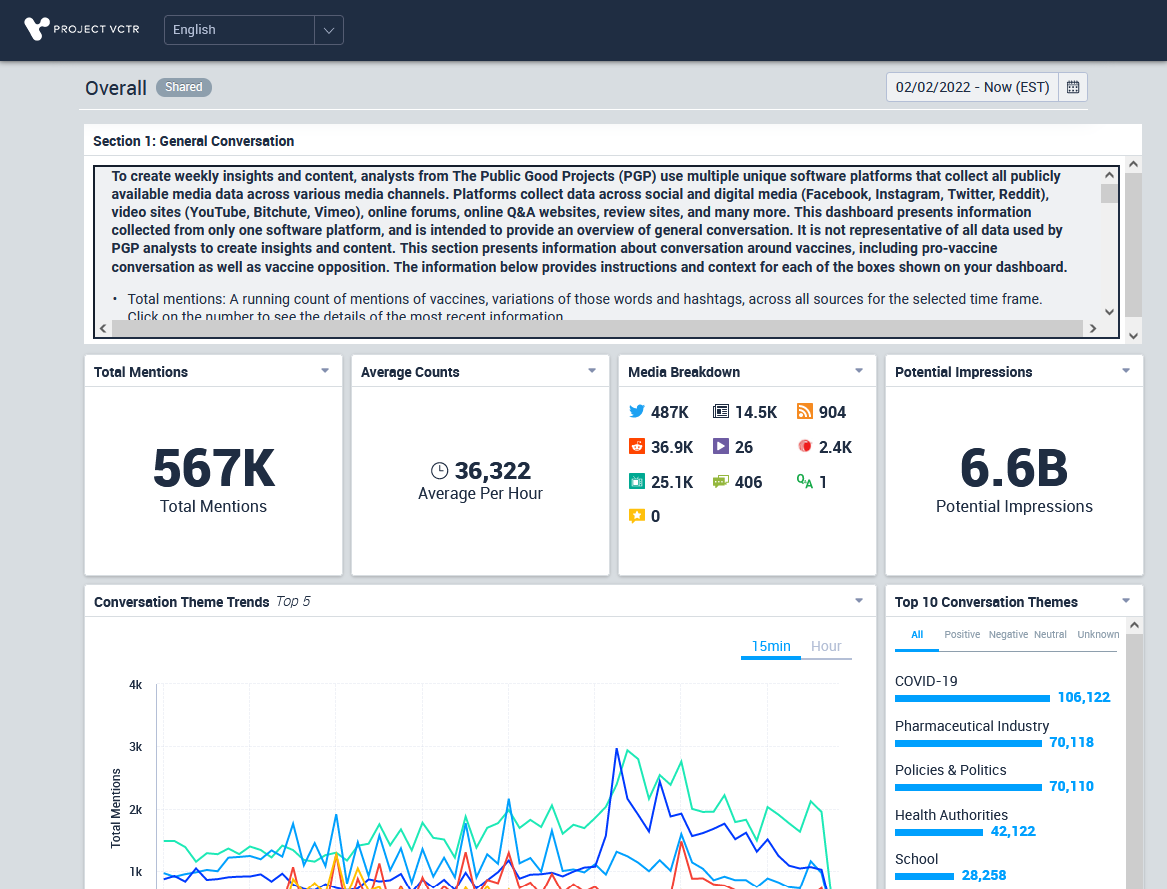
“The dashboard pulls all publicly available mentions of vaccines, including variations of the word vaccine and hashtags,” Gallegos-Jeffrey said in the webinar.
Users can select any date range and look at the different mentions of vaccines at that time. They can also track how some stories or social media messages spread and increase influence over time.
For example, users can track the timeline of a story from The Blaze that falsely describes vaccines as being unsafe.
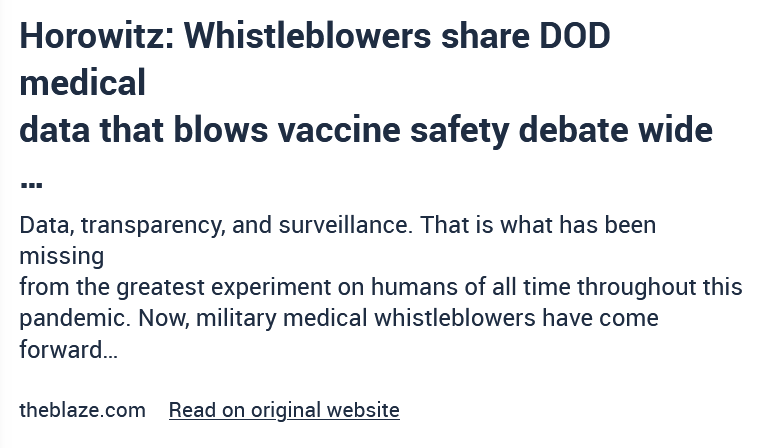
While it originally received a lot of traction, it is now declining.
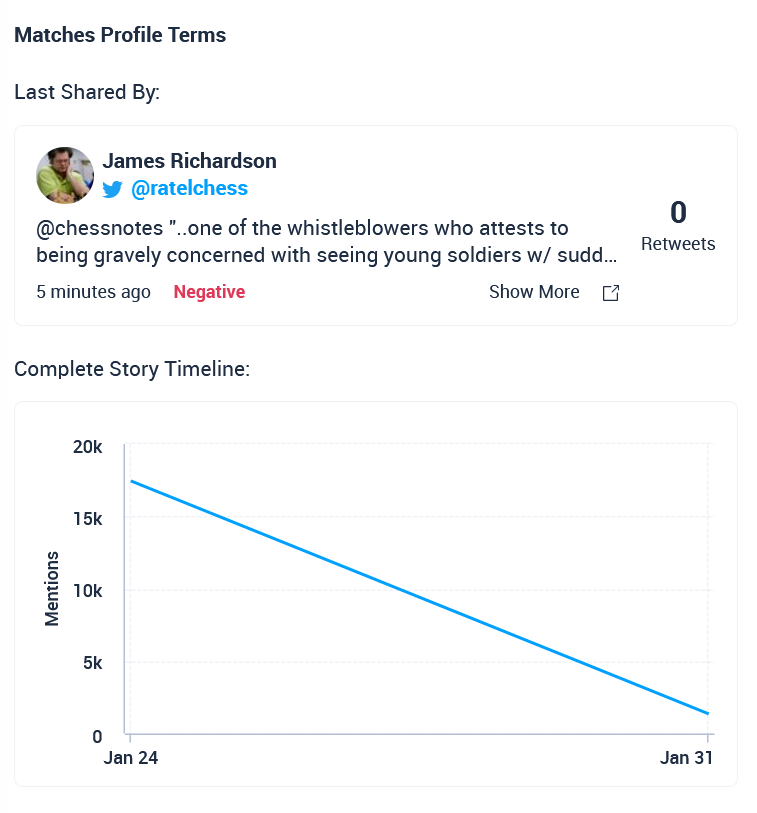
Project VCTR is only available to users who request access to the site. To request access, visit https://projectvctr.com/.
How Can We Tackle Misinformation?
When we encounter misinformation on social media, it’s important that we do something about it.
Here are some steps we can take when encountering misinformation about COVID-19.
1. Correct it when you can.
“Re-sharing the original with a comment can sometimes help to amplify the original source. A better idea, used by some professional fact-checkers, is to take a screen shot of the image or video, and then draw a red X through it and share that,” according to the Washington Post.
2. Don’t share content without examining it first.
“People are too quick to share information they can’t personally vouch for. Especially if you have a strong reaction, use that as a reminder to step away. Stop looking at it, then come back in a few minutes and ask yourself: ‘Do I really know enough to share this?’” according to the Washington Post.
3. Help out friends and family who have fallen victim to fake news.
“Research shows that, in general, people tend to accept corrections from people they know more than people they don’t. If someone in your life shares misinformation on social media, don’t be afraid to fact-check them. If you want to correct them, be sure to do it in a friendly way,” according to Poynter.
When you correct misinformation, make sure you have the facts readily available.
One resource you can use is Salud America!’s Latino COVID-19 Vaccine “Change of Heart” Bilingual Storytelling Campaign. The campaign shares the stories of real Latinos who overcame misinformation, got the vaccine, reconnected with family, and are helping end the pandemic.
Another resource is Salud America!’s “Juntos, We Can Stop COVID-19” campaign. This campaign aims to help Latino families take action to slow the spread of coronavirus.
Rosa Herrera is one of the Latinas who was unsure about the vaccine initially. She was nervous it was produced too quickly and that it wouldn’t be safe.
But after learning more about the vaccine from her doctor, she decided to get it so she could protect her health and her family.
You can share Rosa’s story with your friends, family, and colleagues!
By The Numbers
142
Percent
Expected rise in Latino cancer cases in coming years

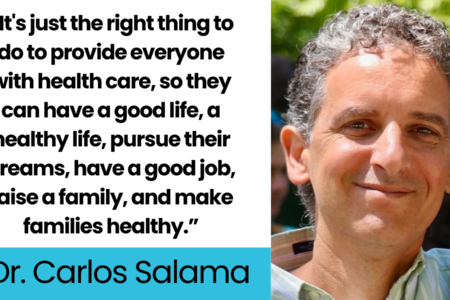

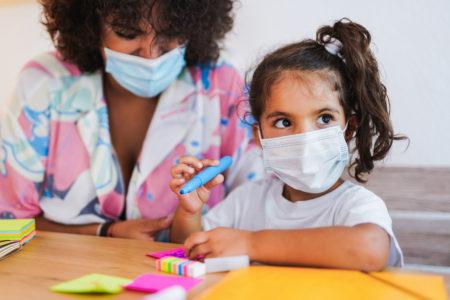
[…] The pandemic is another chapter in the bitter story of American racism and inequality. Black and Latinx people are being infected and are dying at much higher rates than white Americans. Many people of […]
[…] coronavirus has killed over 61,000 Latinos in America according to the CDC, accounting for over 18.2% of the total COVID deaths in the […]
[…] Whereas Hispanics make up 11% of D.C.’s inhabitants, they signify 19% of the COVID cases, and 14% of the deaths. Equally, 46% of D.C.’s residents are Black, they usually make up an alarming 75% […]
[…] and historical mistreatment. According to the U.S. Centers for Disease Control and Prevention, Latino and Black American communities are three times more likely to become infected with […]
[…] Covid pandemic has hit the Latino community particularly hard, and data from the nonprofit health equity advocacy group Salud America! shows Latinos lead in the 0-24 age […]
[…] the pandemic, Latinos took major blows, both in terms of COVID-19 cases and also from the economic recession under former President Donald Trump. Nearly half (49%) of […]
[…] the positive trend, the harm may have already been done. The pandemic has disproportionately impacted Latino communities. Reuters reported that election-related or political disinformation that […]
[…] pesar de la tendencia positiva, es posible que el daño ya esté hecho. La pandemia ha impactado desproporcionadamente Comunidades latinas. Reuters informó que la desinformación política o relacionada con las […]
[…] residentes blancos muestran una tasa mucho más baja con 10 muertes por cada 100,000 habitantes(8 9) . Los afroestadounidenses por su parte, denuncian subsistemas de salud que les segregan […]
[…] https://salud-america.org/coronavirus-case-rates-and-death-rates-for-latinos-in-the-united-states/ […]
[…] https://salud-america.org/coronavirus-case-rates-and-death-rates-for-latinos-in-the-united-states/ […]
[…] communities have the second-highest number of COVID-19 cases in the U.S. They’re also more likely to become hospitalized and die from the disease than other […]
[…] total, around 160,000 Latinos were killed by COVID-19. This accounts for 16% of the 1 million deaths in the country. The […]